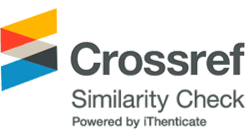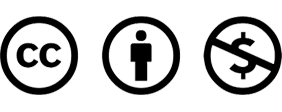Research Article
Abstract
References
Information
Lee, S.H., H.W. Kim, M.K. Lee, G. Asamenew, Y.J. Kim, S.j. Lee, Y.S. Cha, S.M. Yoo and J.B. Kim. 2018. Characterization of flavonoids from used parts of prickly pear (Opuntia ficus- indica var. saboten) and dragon fruit (Hylocereus undatus) using UPLC-DAD-QToF/MS. J. Korean Soc. Food Sci. Nutr. 47(12):1274-1283 (in Korean).
10.3746/jkfn.2018.47.12.1274
Majure, L.C., D.E. Soltis, P.S. Soltis and W.S. Judd. 2012a. Cytogeography of the Humifusa clade of Opuntia s.s. Mill. 1754 (Cactaceae, Opuntioideae, Opuntieae): correlations with pleistocene refugia and morphological traits in a polyploid complex. Comp. Cytogenet. 6:53-77.
10.3897/compcytogen.v6i1.252324260652PMC3833768
Ronquist, F., M. Teslenko, P.V.D. Mark, D.L. Ayres, A. Darling, S. Höhna, B. Larget, L. Liu, M.A. Suchard and J.P. Huelsenbeck. 2012. MrBayes 3.2: efficient Bayesian phylogenetic inference and model choice across a large model Space. Syst. Biol. 61(3):539-542.
10.1093/sysbio/sys02922357727PMC3329765
White, T.J., T. Bruns, S. Lee And J.W. Taylor. 1990. Amplification and direct sequencing of fungal ribosomal RNA genes for phylogenetics. In Innis, M.A., D.H. Gelfand, J.J. Sninsky, and T.J. White (eds.), PCR Protocols: A Guide to Methods and Applications. Academic Press, San Diego, CA (USA). pp. 315-322.
10.1016/B978-0-12-372180-8.50042-11696192
- Publisher :The Plant Resources Society of Korea
- Publisher(Ko) :한국자원식물학회
- Journal Title :Korean Journal of Plant Resources
- Journal Title(Ko) :한국자원식물학회지
- Volume : 35
- No :6
- Pages :805-819
- Received Date : 2022-08-02
- Revised Date : 2022-11-22
- Accepted Date : 2022-11-23
- DOI :https://doi.org/10.7732/kjpr.2022.35.6.805




 Korean Journal of Plant Resources
Korean Journal of Plant Resources







